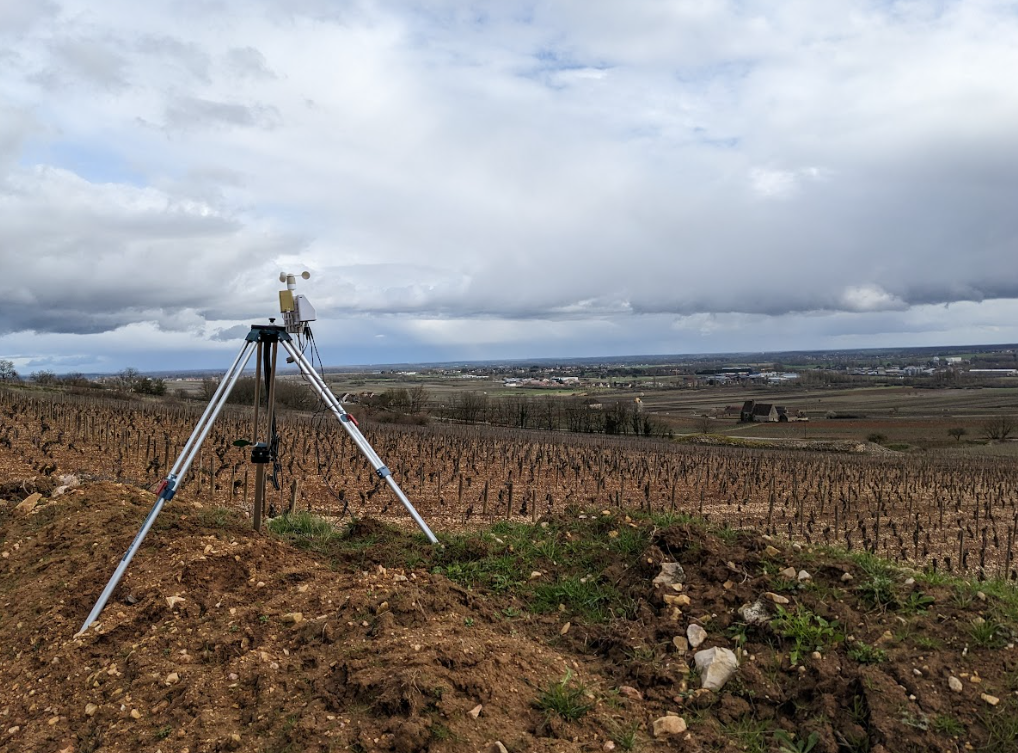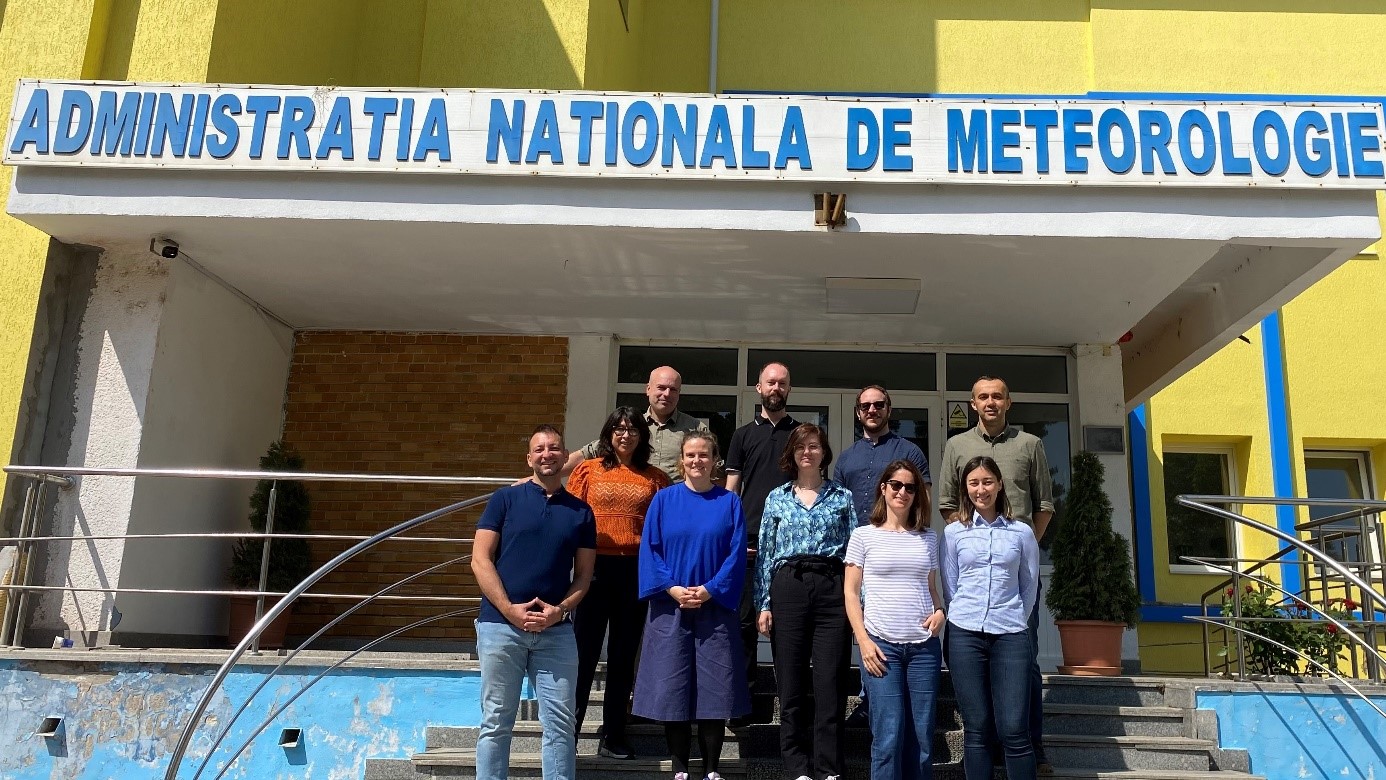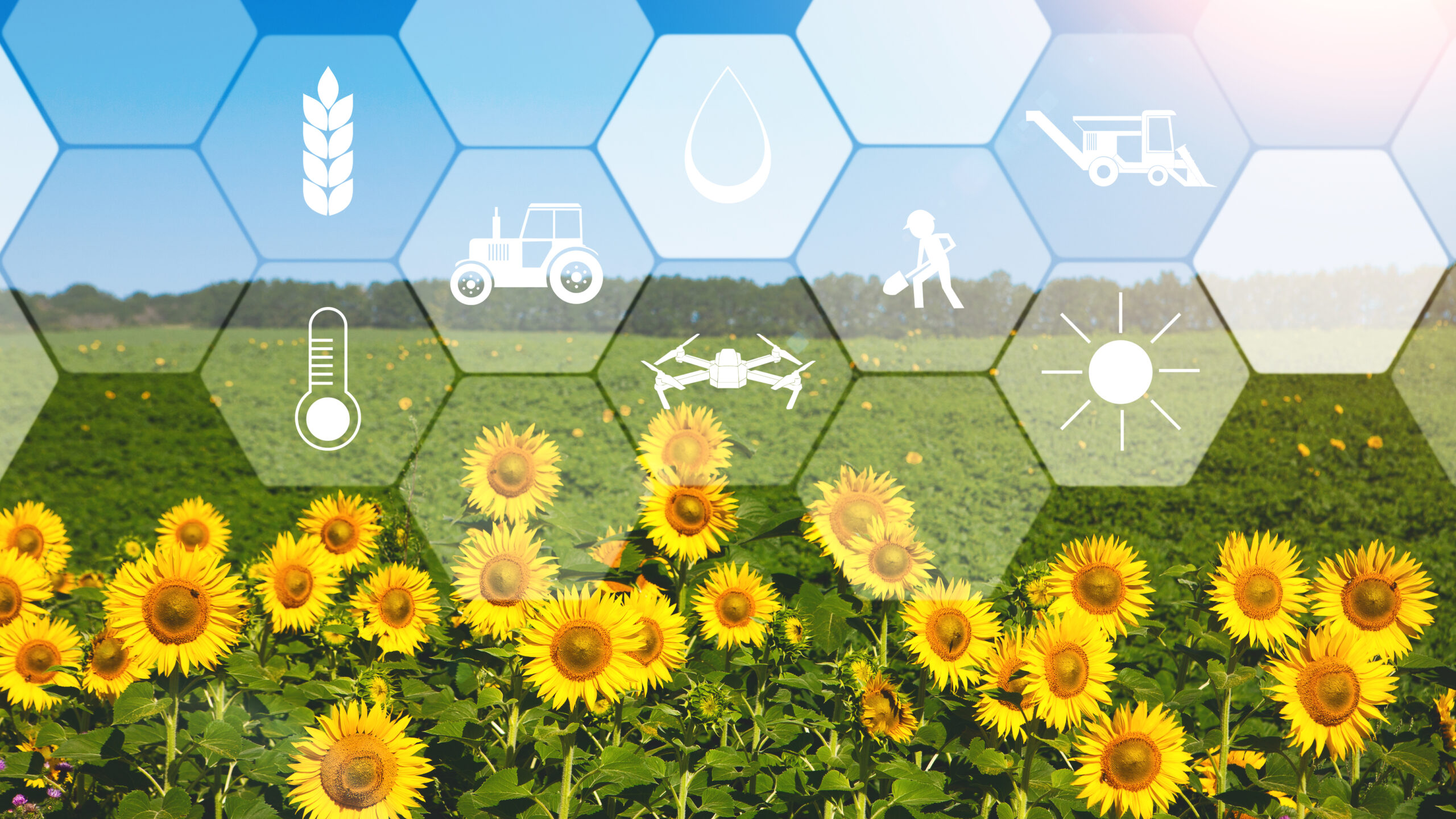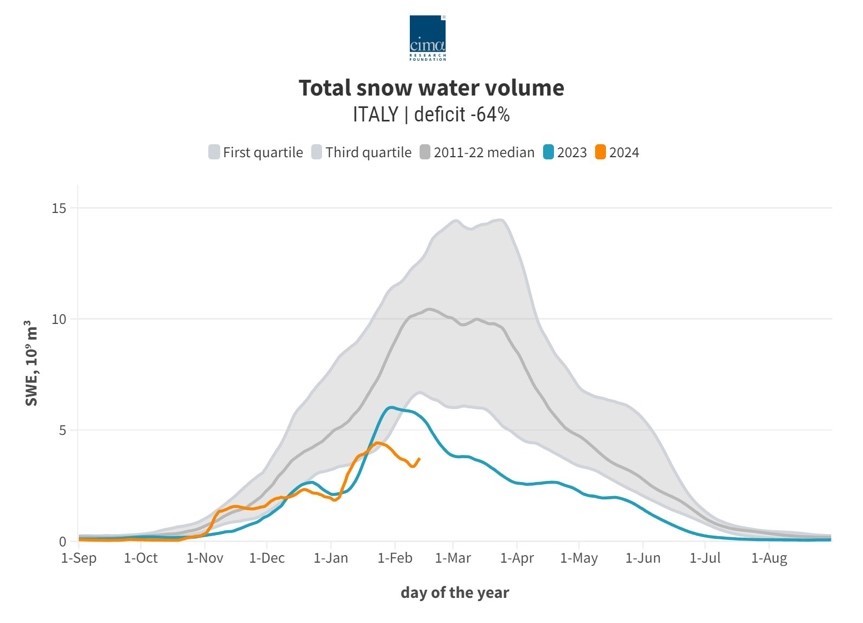
Ever decreasing Snow Water Volume – Evidence from Italy
This year again: strong snow water deficit compared to the last decade, even -64% over Italy. (https://www.cimafoundation.org/en/news/snow-a-worsening-situation-for-italy/), Figure 1)
CIMA Foundation is closely monitoring the snow situation over Italy using S3M (https://essd.copernicus.org/articles/15/639/2023/), a real-time operational tool to estimate snow water resources using models, satellite data, and ground measurements. The snow monitoring is becoming even more important due to climate change. A recent study published on Nature demonstrated that the absence of snowmelt in spring and early summer 2022 was a key factor in the summer drought and emergency measures (https://www.nature.com/articles/s43247-024-01222-z).
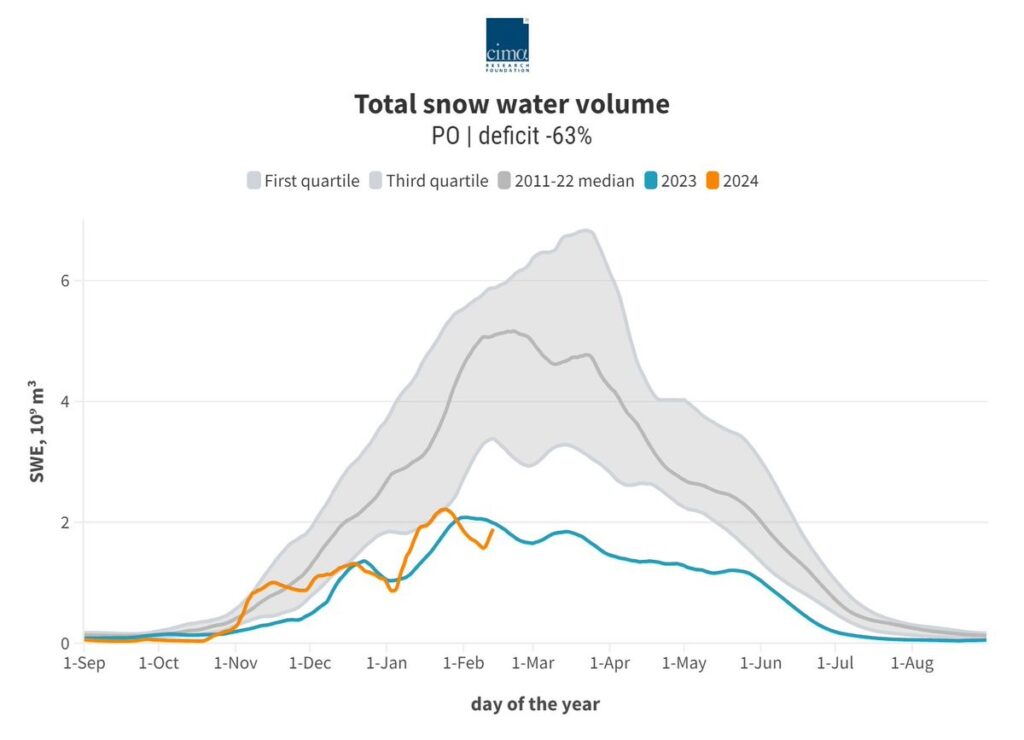
During this winter (2023/2024), while the most severe situation is in the central-southern regions, conditions aren’t much better along the Alpine arc. Particularly concerning is the Po River basin (where one of the three Magda site is located), which typically harbours about half of the nation’s snow water resources. Here, we are facing a deficit of -63% (Figure 2), roughly similar to last year at this time. Looking back to 2022, it emerged that in a hot-dry year like 2022, a 50% decrease in snowfall has been detected, but also a 40% increase in water demand for irrigation (Figure 3 shows an example for the Valle d’Aosta region). In years like these, Italian mountains provided less snow water just when we need it the most.
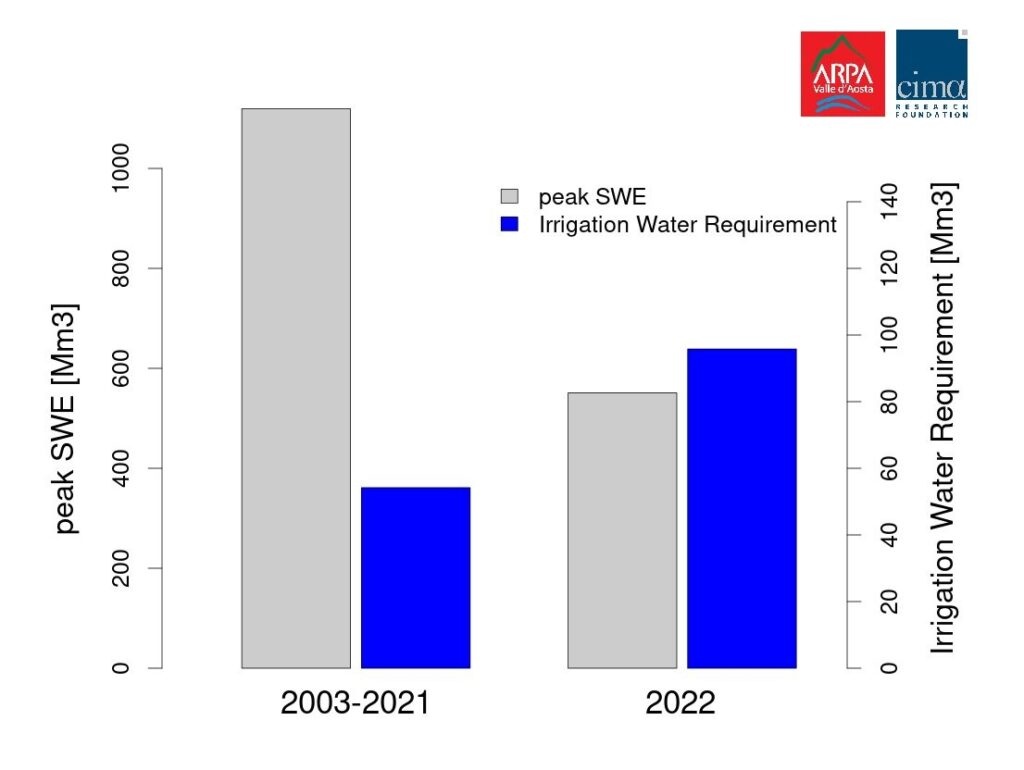
In this context, agriculture faces significant challenges. Water scarcity can hinder crop growth and productivity, leading to decreased yields and economic losses for farmers. Furthermore, reduced snowfall and water availability can impact irrigation systems, exacerbating the strain on agricultural practices.
During the Magda project, one of the main aims is to enhance weather forecasts by assimilating data from GNSS, meteorological drones, radar data, and ground sensors. This effort aims to provide more precise irrigation advice utilizing the SPHY hydrological model (https://www.sphy.nl/) to support agriculture in addressing the new challenges arising from the effects of climate change.
Authors: Martina Lagasio, Massimo Milelli, Francesco Avanzi
Links
https://www.cimafoundation.org/en/news/snow-a-worsening-situation-for-italy/
https://essd.copernicus.org/articles/15/639/2023/
https://www.nature.com/articles/s43247-024-01222-z
Keywords
Agriculture, Climate Change, Snow, water, irrigation
